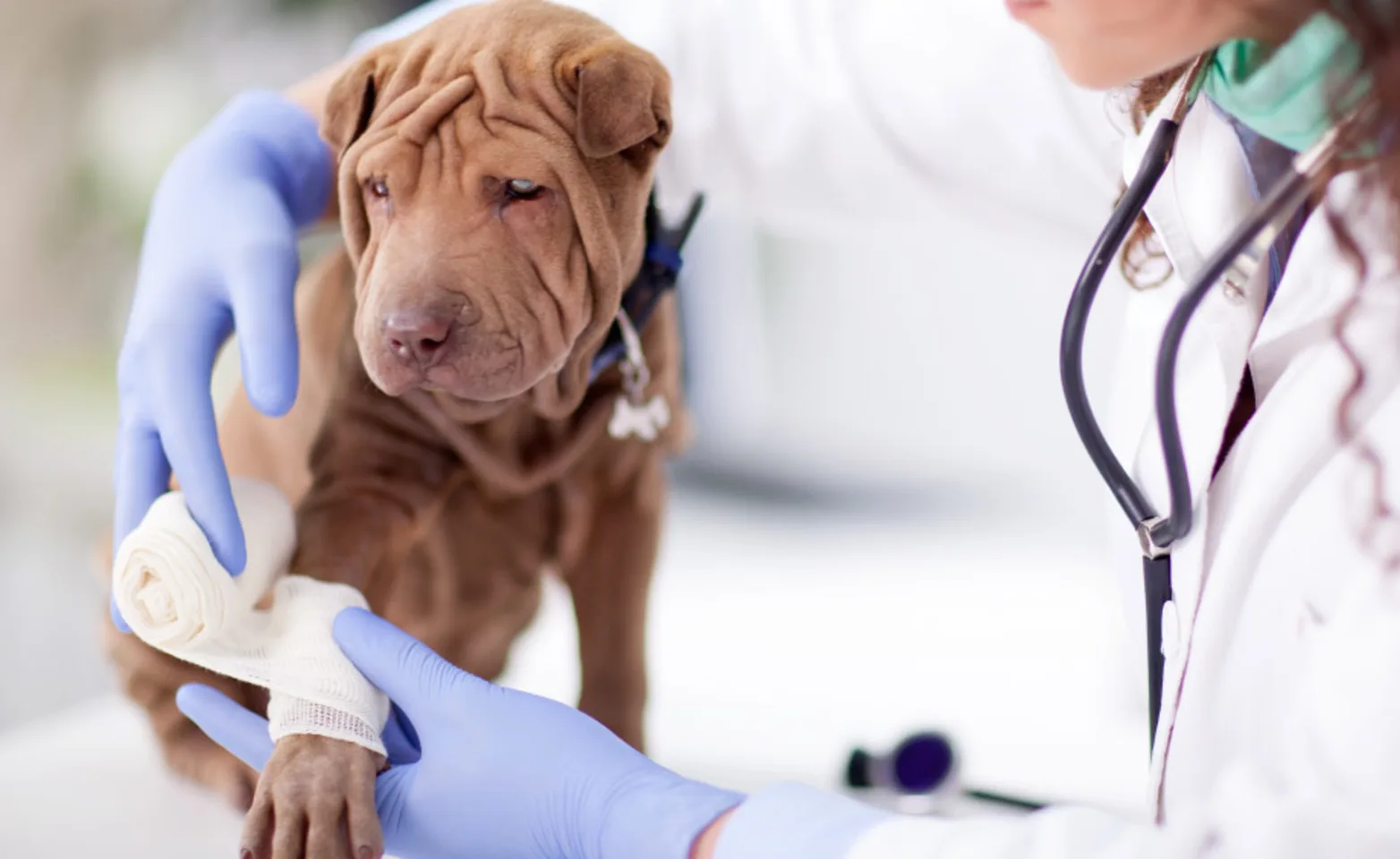Baywood Animal Hospital

Careers

Join Our Team
If you would like to apply for a position within Baywood Animal Hospital please email your cover letter and resume to [email protected].
Are you considering a career in veterinary medicine?
Veterinarians, Veterinary Technicians, Receptionists and Veterinary Assistants are integral members of the veterinary healthcare team.
Veterinarians
A typical day in the life of a veterinarian includes educating pet owners about preventative health care, performing examinations, diagnosing and treating patient health problems as well as vaccinating pets against various diseases.
Veterinarians have the option to focus on preventative animal healthcare in companion or large animal practices or specialize in certain areas such as radiology, cardiology, dentistry, dermatology, oncology, internal medicine and surgery.
How To Become A Veterinarian:
Step 1: Take academic high school courses in science, math and English.
Step 2: Complete a minimum of two years in an undergraduate degree, which includes eight prerequisite courses for the Doctor of Veterinary Medicine program.
Step 3: Receive personal references and practical hands-on experience working with animals and veterinarians.
Step 4: Earn a four-year Doctor of Veterinary Medicine degree.
Step 5: Pass the Veterinary Licensing Examination by the National Board of Veterinary Medical Examiners.
Veterinary Technicians
Veterinary technicians are responsible for assisting the veterinarian in examinations, recording patient history, collecting and analyzing urine, feces and skin swabs, assisting in medical and surgical procedures as well as providing specialized patient care.
How To Become A Veterinary Technician:
Step 1: Take applied or academic high school courses in math, biology, chemistry and English.
Step 2: Complete the Health Occupations Aptitude Examination.
Step 3: Complete a 2-year Veterinary Technician program.
Step 4: Pass the Veterinary Technician National Examination (VTNE) to obtain a Registered Veterinary Technician (RVT) status.
Receptionists
Receptionists are the first person the client sees when they walk into the clinic. They play a huge role in making clients feel welcome and comfortable. Receptionists are responsible for greeting clients, answering or referring inquiries, scheduling, invoicing, answering and directing incoming calls, emails and faxes as well as providing general administrative support.
How To Become A Receptionist:
Step 1: The minimum education required to become a receptionist is a high school diploma.
Step 2: Obtain experience in a field that requires administrative skills. (Employers generally look for candidates with 1-3 years of experience). Experience working with veterinary software such as Avimark or Cornerstone is also a huge asset.
Step 3: Many employers look for certain skill sets when hiring a receptionist. For example, customer service, oral and written communication, organization and listening skills are all taken into consideration.
Veterinary Assistants
Veterinary assistants are responsible for helping with basic animal care, supporting veterinarians in treatments and procedures, general cleaning and patient care.
How To Become A Veterinary Assistant:
Step 1: Earn a high school diploma or be a high school diploma candidate.
Step 2: Volunteer or gain experience working with animals.
Step 3: Consider earning a certificate as a Veterinary Assistant. The one-year program allows students to acquire the knowledge, skills and attitudes required to assist veterinarians.
